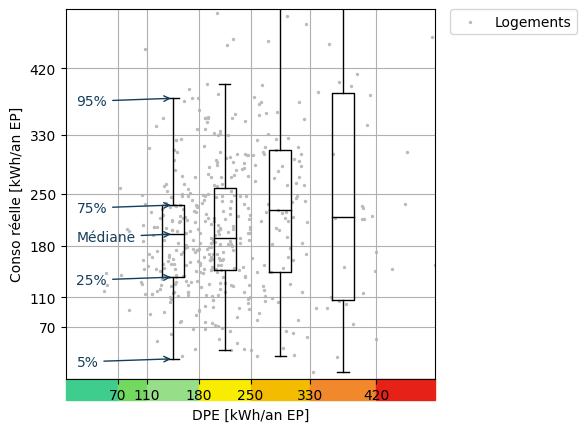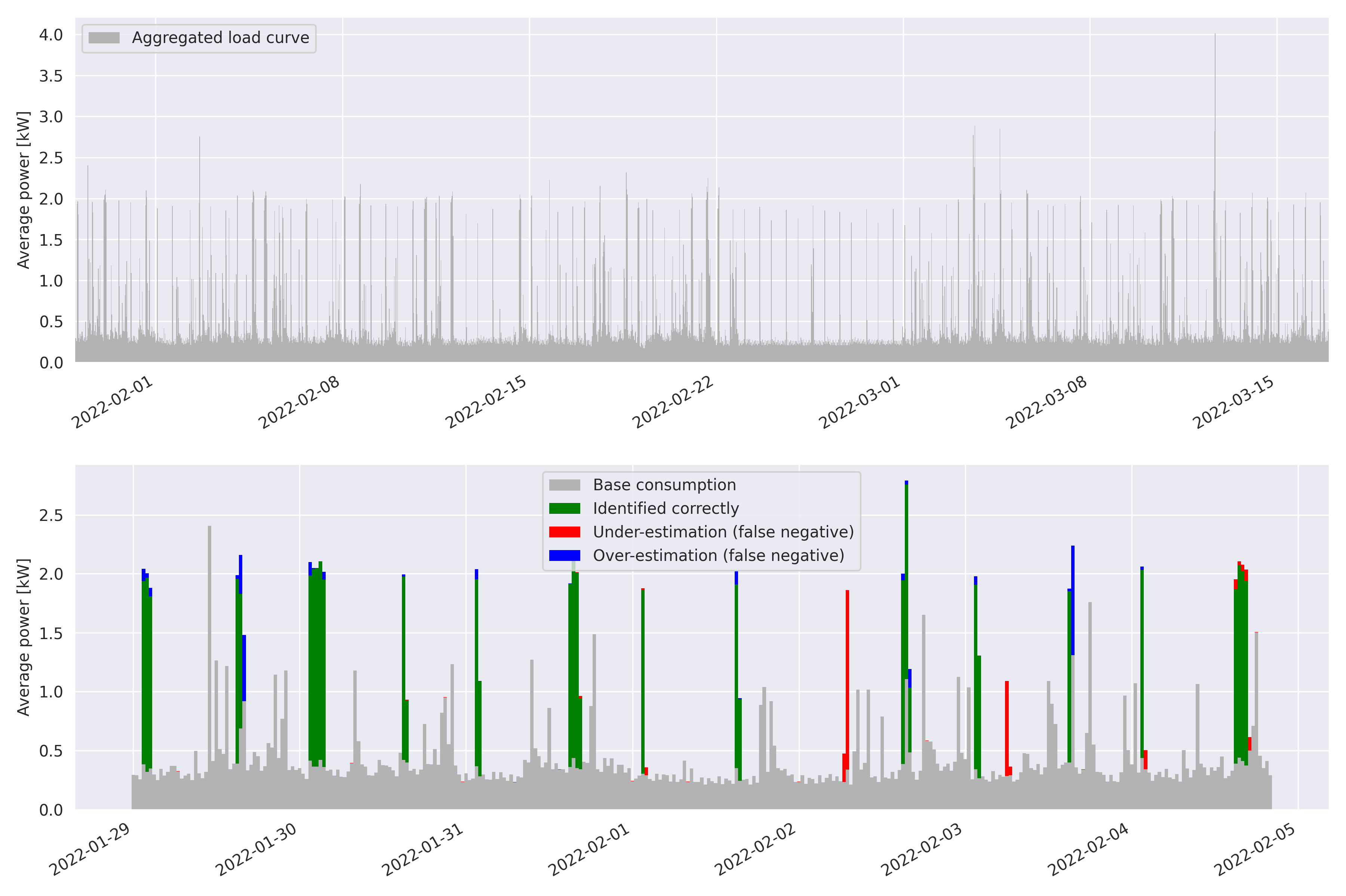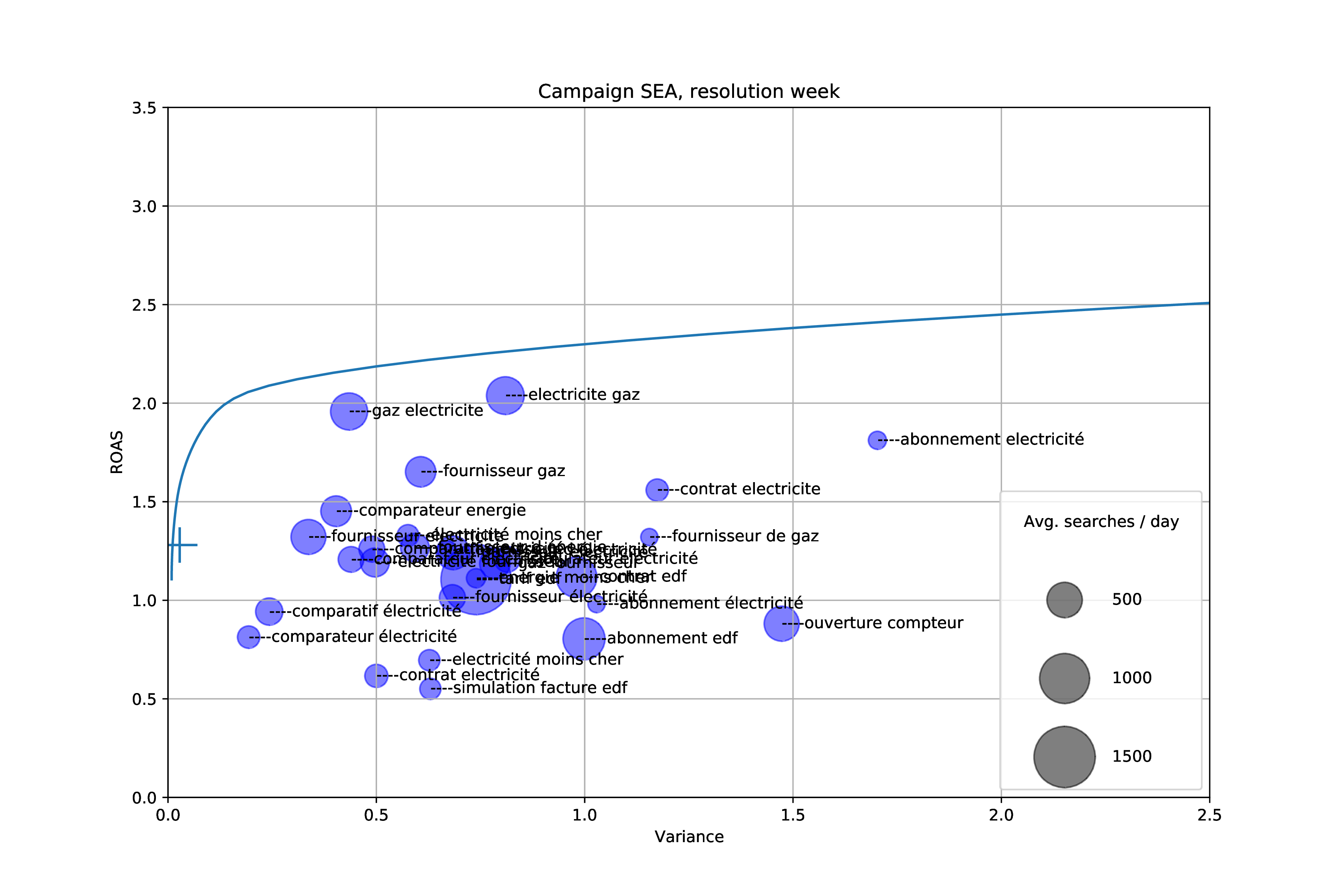-
Comparer DPE et consommation a-t-il un sens ?
Récapitulatif des publications à ce sujet : Hello Watt a publié le 4 janvier une étude concluant à un manque de corrélation entre le DPE d’un logement, censé évaluer sa performance énergétique, et sa consommation d’énergie mesurée par les compteurs communicants. Pourquoi cette étude ? Dans sa mission de favoriser la transition énergétique des ménages,…
-
Predicting Home Energy Consumption, the Data-Driven Way
At Hello Watt, we help residential energy consumers reduce their energy bills through various means. This involves estimating their electricity and gas consumption based on information we collect either over the phone or through a form. We developed Consumption Calculator, a new model that works very similarly to the previous model except its coefficients are…
-
Domain Knowledge Aids in Signal Disaggregation; the Example of the Cumulative Water Heater
In this article we present an unsupervised low-frequency method aimed at detecting and disaggregating the power used by Cumulative Water Heaters (CWH) in residential homes. Our model circumvents the inherent difficulty of unsupervised signal disaggregation by using both the shape of a power spike and its temporal pattern to identify the contribution of CWH reliably.…
-
The nightmare of Shingled Magnetic Recording for NAS drives
IT systems are like onions, they have layers. And when the bottom-most layer fails, everything follows. This is the story of our experience with WD Red hard disk drives at Hello Watt, and how even while following good practices of system administration, deceptive advertising can cause your business to lose weeks of work.
-
Optimization of Google Ads bidding taking into account our influence on the market
In this article, we give a brief overview of the Google Ads platform from the point of view of an advertiser as well as its available performance indicators and controls. We show how a simple portfolio optimization method indicates we can increase our ad returns significantly. Finally, we design a more complex model that takes…
Guillaume Matheron
Data scientist, PhD in computer science





